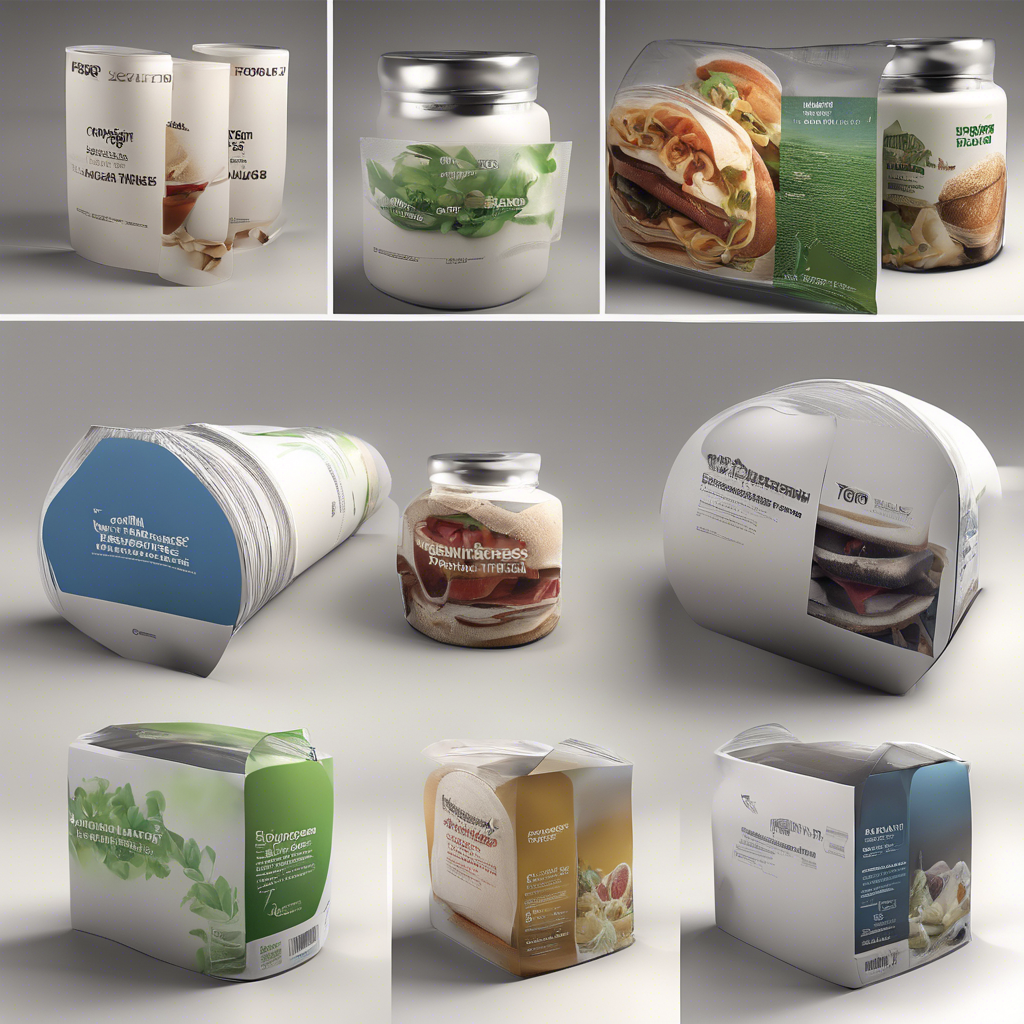Unraveling the Mystery of Biodegradable Packaging Decomposition Times
- zenpacks
- Jul 17, 2024
- 2 min read
Updated: Jul 19, 2024
In our modern world, where sustainability is becoming increasingly critical, the quest for eco-friendly alternatives is more prevalent than ever. One area that has seen a surge in interest is biodegradable packaging. But have you ever wondered how long it takes for biodegradable packaging to decompose effectively? Join us in this comprehensive dive into the fascinating world of biodegradable packaging decomposition times.
Understanding Biodegradable Packaging
Before we delve into how long it takes for biodegradable packaging to break down, let's first understand what biodegradable packaging entails. Biodegradable packaging is designed to degrade naturally in the environment, significantly reducing the impact of plastic waste on our planet. These materials are often derived from renewable resources such as corn starch, sugarcane, or cellulose, making them an attractive alternative to traditional plastic packaging.
Factors Affecting Decomposition Time
Several factors influence the decomposition time of biodegradable packaging:
Material Composition: The type of material used in biodegradable packaging significantly impacts how long it takes to decompose. Materials like PLA (polylactic acid) tend to decompose faster than others.
Environmental Conditions: The environment in which the packaging is disposed of plays a vital role in decomposition time. Factors like temperature, moisture levels, and presence of microorganisms all affect how quickly biodegradable packaging breaks down.
Packaging Thickness: Thicker biodegradable packaging may take longer to decompose compared to thinner variants due to the higher density of material.
Decomposition Times of Biodegradable Packaging Materials
Let's explore the approximate decomposition times of common biodegradable packaging materials:
PLA (Polylactic Acid): PLA, a bioplastic made from renewable resources like corn starch, typically decomposes in around 3-6 months in commercial composting facilities.

Starch-Based Biodegradable Packaging: Packaging materials derived from starch sources like corn or potatoes can break down in approximately 3-6 months under ideal composting conditions.
Cellulose-Based Packaging: Cellulose materials, often sourced from wood fibers, can decompose within 1-5 months, depending on environmental factors.
Composting vs. Landfill Disposal
The disposal method of biodegradable packaging significantly impacts its decomposition time. When biodegradable packaging ends up in a composting facility, where conditions are optimized for decay, the materials break down much faster compared to when disposed of in landfills. In landfills, lack of oxygen and sunlight can prolong the decomposition process, defeating the purpose of using biodegradable materials.
The Importance of Certifications
When seeking biodegradable packaging solutions, it's crucial to look for certifications such as the "Compostable" label. This indicates that the packaging meets specific standards for composting, ensuring that it will break down efficiently within a reasonable timeframe.
Conclusion
In conclusion, the time taken for biodegradable packaging to decompose varies depending on multiple factors. By opting for biodegradable packaging materials and ensuring they are disposed of correctly in composting facilities, we can significantly reduce our environmental footprint. Understanding the decomposition times of biodegradable packaging empowers us to make informed choices that contribute to a more sustainable future. Let's continue to embrace eco-friendly alternatives and pave the way for a greener tomorrow.


Comments